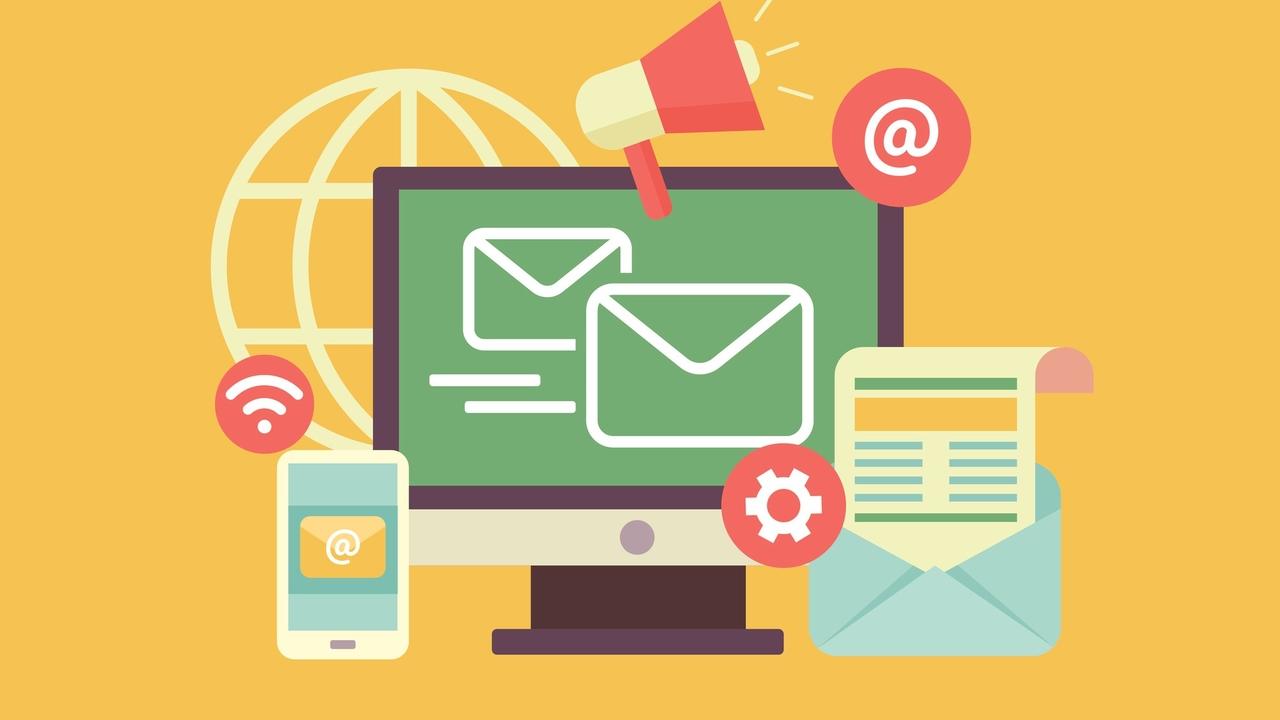Effective B2B brand messaging can help you stand out among competitors and reach more people. By adopting a set of messages that is consistently communicated across all your marketing channels, you will guide your target audiences to engage with you and help them find the solution they need.
Getting strategic with your B2B communications ensures your potential customers receive consistent messages across all channels. Done right, regardless of whether they first encounter your brand on your website, social media, by email or advertising, they will see the same coherent message.
When you develop strong, targeted messaging, you can establish a connection between your brand and your audience with content they find compelling and relevant. This is why buyer persona development and research are important. If you don’t know who your target audiences are and what they care about, it will be hard to reach them with meaningful messages. Carefully tailor your messages to your target audiences at each stage of the buyer’s journey. This process allows you to begin building a relationship with your potential customers.
A strong B2B messaging strategy turns your audience from strangers into knowledgeable buyers. They feel inspired by your message and know you can fulfill their needs and solve their problems. But your potential customers can’t buy from you or influence the decision-makers in their organization if they don’t understand your value. Effective messaging, backed by a sound strategy, does that.
To develop an effective messaging strategy, follow these three fundamental steps:
1. Define Your Company Purpose
When developing a B2B messaging strategy, you must clearly define your company’s purpose. What is your company’s story? What is your unique value proposition? What are your brand pillars? These are essential elements when cohesively defining what your purpose. Once you and your team clearly define this, you can begin focusing on your messaging framework.
2. Develop a Framework
A good messaging strategy will have a framework that breaks down the information you want to communicate into different levels of complexity. The framework should also match where your potential customers are in the buyer’s journey.
Is your prospect in the awareness, consideration, decision, retention or advocacy stage? A prospect at the awareness stage will need different messaging than one at the decision stage. For example, if prospects are in the awareness phase, consider creating online ads with messaging that directs them to your product page for initial information gathering.
Your early-stage audience should receive messaging that is consistent and easy to comprehend. As prospects move further down the funnel, they become more familiar with your brand and product. At this point, and after a prospect has gathered background knowledge and is continuing on the buyer’s journey, you can deliver more in-depth content that is relevant at that stage.
3. Connect with the Audience
Your message should be honest and a clear example of what your company and brand embody. If a message is too ambiguous, it can leave your audience questioning what and who you are and how you can deliver value. That won’t lead them to move forward with confidence.
Effectively articulating in your messaging what is necessary to know about your brand and offering is critical. When people understand what they’re getting and the value you deliver, they will take the next step in consideration, establish a connection and eventually purchase from you.
Sticking to these proven fundamentals will ensure your B2B brand messaging efforts are effective and optimized to drive your leads through the sales funnel and into revenue. Are you ready to develop your brand messaging framework but don’t know where to start? Register for our Create Better Brand Messaging for Better Business Outcomes course. This course guides you, step-by-step, in laying the foundation for a brand that’s cohesive, resonant and enduring, driving action from your targets and better business outcomes.

